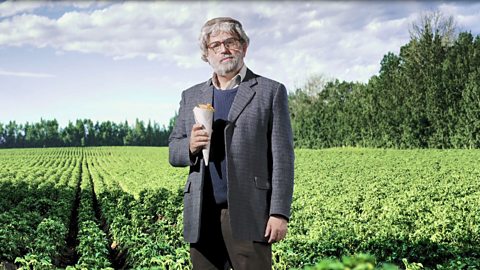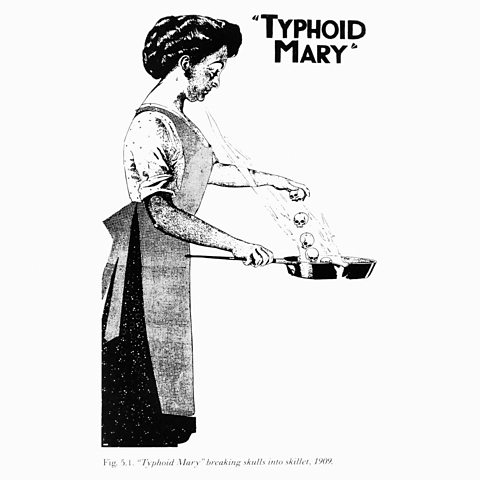
Born in Cookstown, Co. Tyrone, Mary Mallon emigrated to New York where she was employed as a domestic assistant.
However, Mary had a great talent for cooking and ended up working as a cook for many affluent families in the New York area.
But a strange pattern started to occur. Anywhere that Mary worked, family members in the household started to develop typhoid fever.
In 1906, Mary worked for a wealthy banker, Charles Warren. His daughter was struck down with typhoid fever and within a few weeks, six people out of eleven in the Warren household became ill.
As cases of the infection were being reported all signs pointed to Mary being the carrier.

Mary was unaware that she was carrying the bacterial infection and in 1907 she was the first person in the United States to be identified as an asymptomatic carrier (showing no symptoms) of the bacteria associated with typhoid disease.
In the early 1900s there was little public understanding as to how someone could carry the disease without showing symptoms.
Mary refused to believe she carried typhoid as she felt perfectly well and thought she was being unfairly persecuted by the authorities.
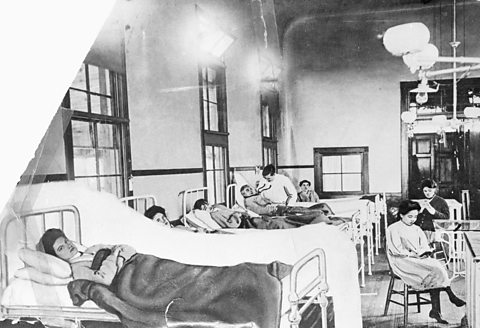
The only way officials knew how to contain the infection was by quarantining Mary in the Riverside Hospital in New York. She was released three years later on the provision that she never worked as a cook again.
However âTyphoid Maryâ went on to change her name to Mary Brown and continued to work as a cook.
After the deaths of at least two patients in the hospital where she was working, the authorities caught up with her and she was detained in 1915. She was institutionalised on New Yorkâs Brother Island until her death in 1938.
Mary was cremated following her death and is buried in Saint Raymondâs Cemetery in the Bronx, New York.
What is Typhoid
Typhoid fever is a bacterial infection (salmonella typhi) which causes sickness, a rash, diarrhoea, constipation and abdominal pain.
In the worst case scenarios, the infection can lead to bleeding of the intestine and death.
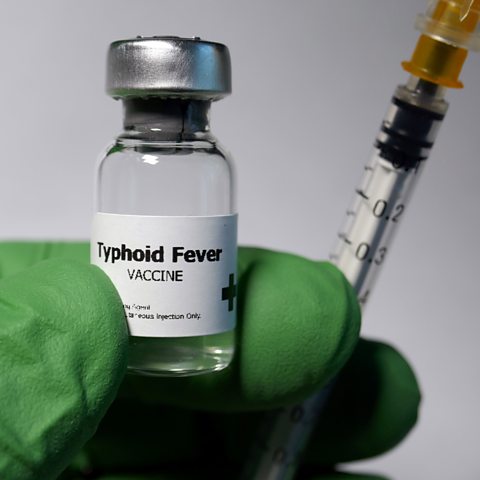
Typhoid Today
There are still a considerable number of cases of typhoid reported globally each year, particularly in areas where there are poor living conditions.
Typhoid is now preventable through vaccinations and is treatable with antibiotics.
More on History makers
Find out more by working through a topic
- count10 of 15

- count11 of 15

- count12 of 15
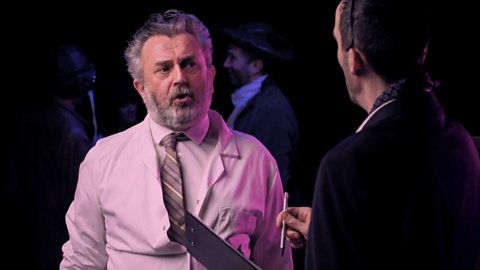
- count13 of 15
